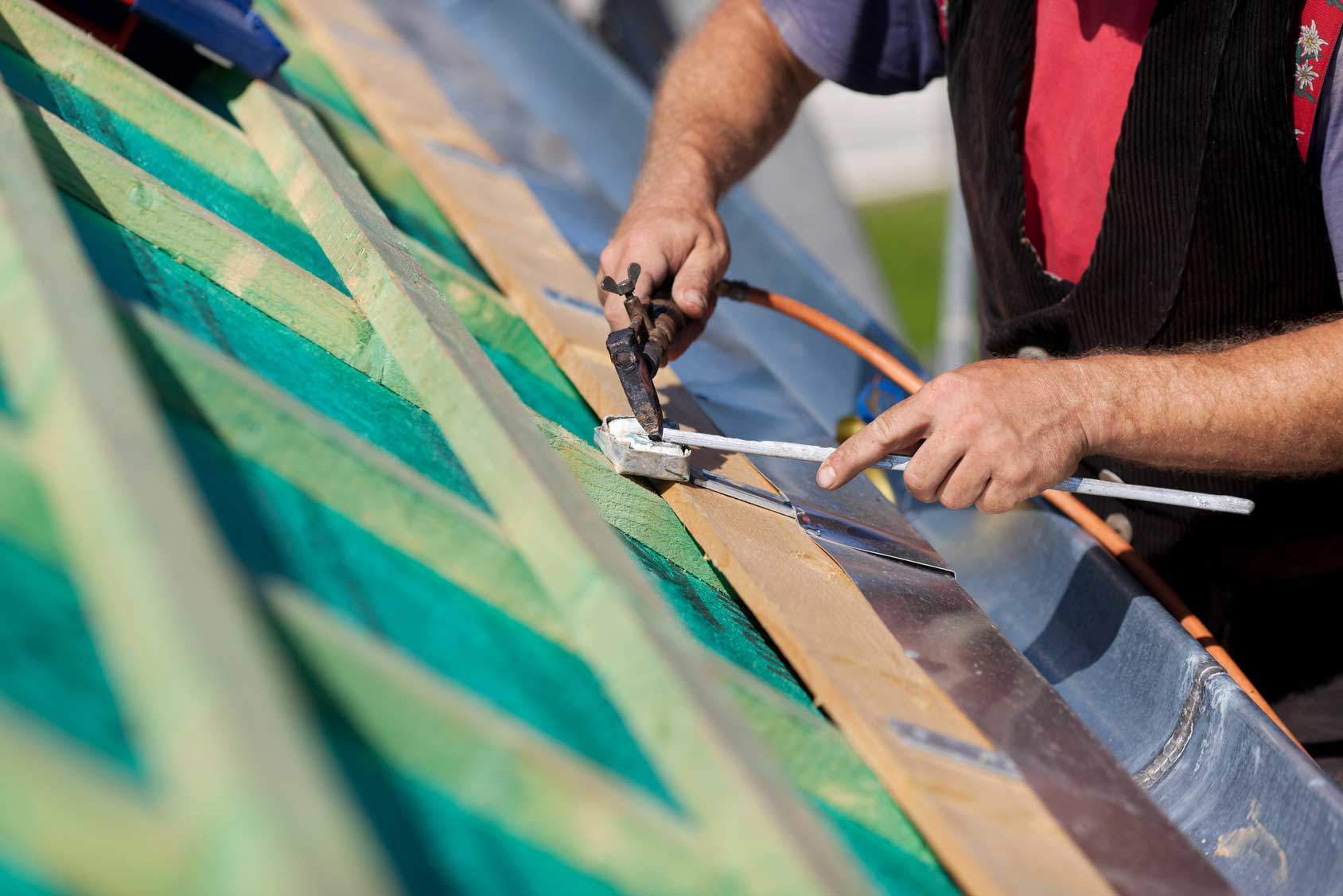Many people seem to think of a house as just being four walls and a roof. A properly constructed house has a fair amount of intricate details that the naked eye might not catch. There are sound reasons for having slanted roofs and vertical walls. Flashing just so happens to be one of those intricate…
More... "Lead Flashing & How Flashing Benefits Your Home"